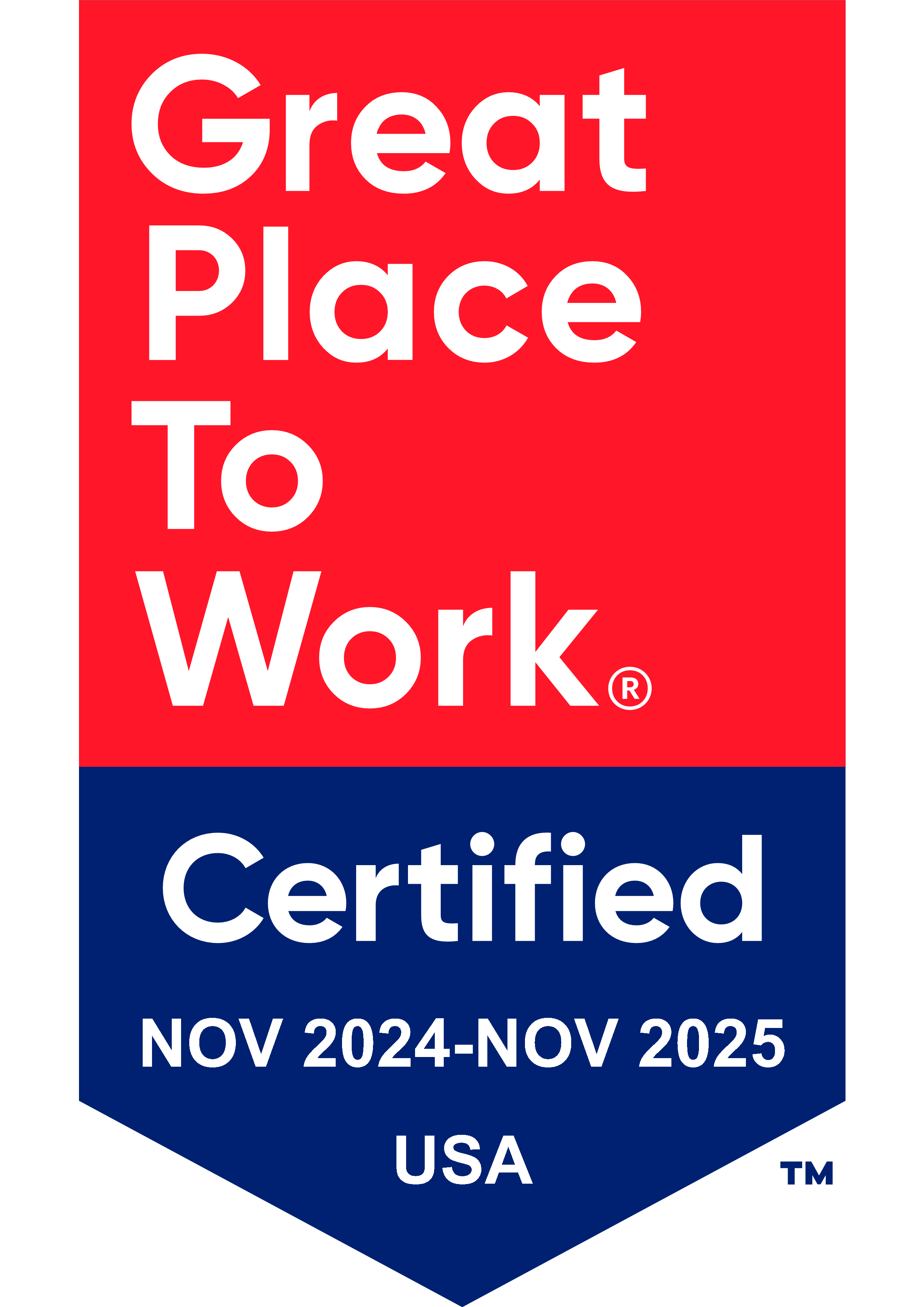The budding emergence and proficiency of AI-enabled technology has been discussed, dreaded, and delighted in for decades. The Cloudforce team recently came face-to-face (machine-to-face?) with the concept when one of its regularly scheduled All Hands Working Lunch sessions was repurposed as a creative technology competition. The challenge: using Cloudforce’s newly acquired Vestaboard as the centerpiece, develop an automated process to complete a personalized interaction with an HQ visitor; bonus points for incorporating AI into the architecture.
We rushed to our assigned huddle rooms with rapid-fire discussion on our initial ideas and strategies. With 60 minutes on the clock before presentations to the entire staff (and our exec team/judges panel), the pressure was on. One idea immediately took flight – an automated message that started at our visitor sign-in kiosk (which is powered by the workplace platform Envoy), flowed through ChatGPT, and produced a personalized message to our guest.
After turning our ideas and architecture around like kids with a Rubik’s Cube, we were set with an architecture design. While our presentation was well-received and our idea was one of two top prize winners, the most thought-provoking concept was not developed by our team. One of our competitors presented an automated process that avoided the low-hanging fruit of an Envoy kiosk and instead went straight to… facial recognition. They posited that by installing machine-learning capable cameras, our guests wouldn’t have to put finger-to-tablet to receive a warm, personalized message on our Vestaboard.
This creative idea sparked quite a bit of feedback. A flurry of comments started flying about, with most of the commentary centering around concerns about privacy and consent. Ultimately this idea, though creative, didn’t advance to the winner’s circle, the judges panel citing feasibility as the unmet criteria. But I left the working lunch thinking hard about the intersection of facial recognition and privacy/consent. Could we leverage facial recognition in our office without violating consent? And even if we could, should we?
At the recent Microsoft Secure conference, the question of privacy and consent was core to many of the topics presented. Kacey Lemieux, Director of Product Marketing at Microsoft, Privacy and Data Protection, cut to the heart of the matter when she said, “It is every organization’s obligation to ensure that access and use of data is consistent with the consent given by the customer.” Admittedly, this quote addresses something other than facial recognition, but the underlying principle is the same: Does technology become the malicious actor itself when it denies an individual the right to consent?
The global market for facial recognition technology grew 15.5% to $6.28B in 2022. Suffice it to say, this remarkable advancement isn’t going anywhere. There are definitive upsides to facial recognition, of course. More so than just the ease of unlocking our phones, facial recognition can help in finding missing children and seniors, identifying suspects, and potentially deterring criminal behavior.1 Still, concerns around privacy invasion, racial and gender profiling, and misuse abound.2
Ensuring the benefits of technology can be enjoyed while limiting its reach are front and center in the public forum. Missouri Senator Roy Blunt introduced a bill in 2019 that would require businesses to notify end users of the use of facial recognition technology and procure their express consent before collecting data.3 Will advancing technology outpace our efforts to enforce consent? It’s never been easy putting toothpaste back in the tube.
The potential benefits of facial recognition are vast, as are the concerns around privacy and consent. As a tech company with special interest in innovation, we want to be on the bleeding edge of every advancement. For now, I think our panel of judges at Cloudforce made the right call in leaving the facial recognition cameras in the conceptual state. The trust we’ve built with our clients, partners, and staff far outweighs the risk of rushing forward into unknown territory. Prioritizing a cautious, thoughtful approach to our automated visitor Vestaboard process ensures everyone wins… my team included.
______
1 Marr, B. (2019, August 19). Facial recognition technology: Here are the important pros and cons. Forbes. https://www.forbes.com/sites/bernardmarr/2019/08/19/facial-recognition-technology-here-are-the-important-pros-and-cons/?sh=340d847214d1
2 Anderson, M. (2019, June 28). Facial recognition is tech’s biggest mistake. PCMag. https://www.pcmag.com/opinions/facial-recognition-is-techs-biggest-mistake
3 Rosa, L. (2021, February 26). How facial recognition works. The New York Times. https://www.nytimes.com/wirecutter/blog/how-facial-recognition-works/


































